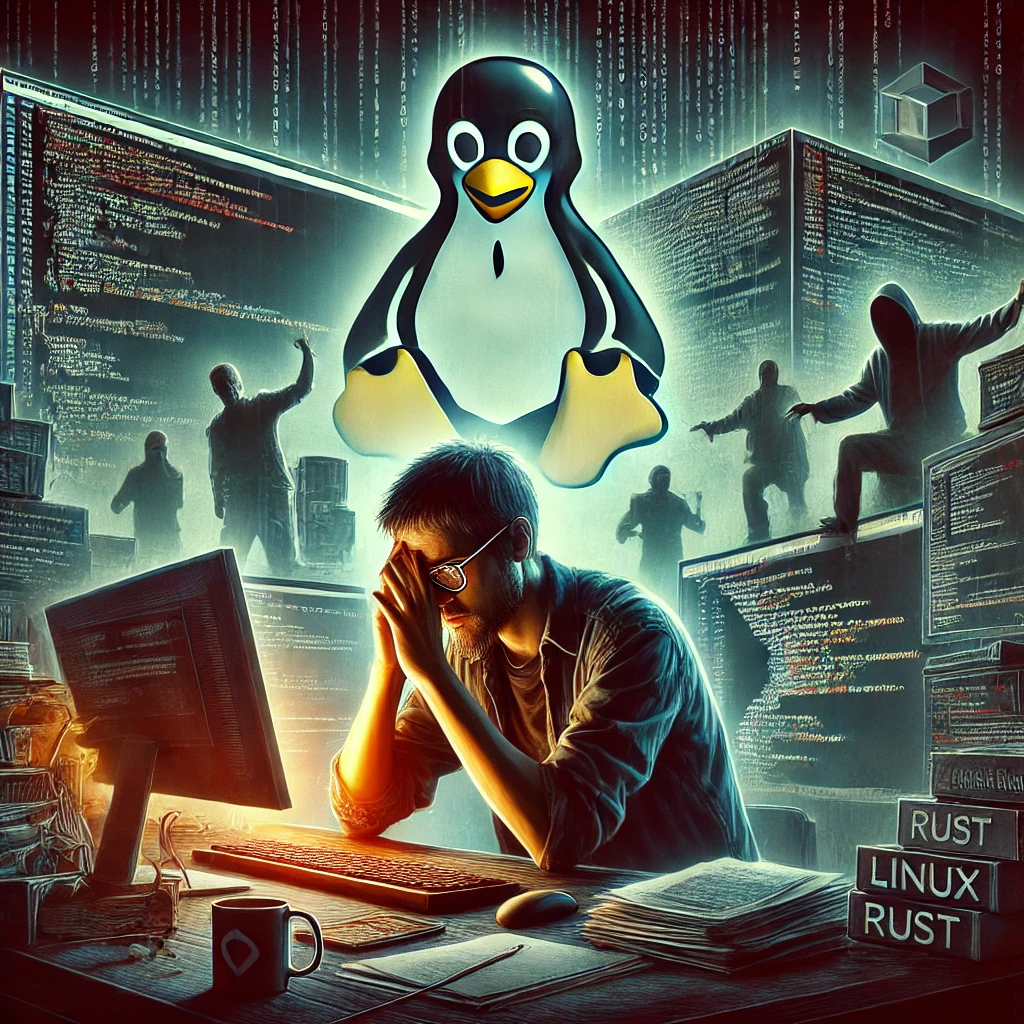The resignation of Hector Martin (marcan), the project leader of Asahi Linux, has highlighted the harsh realities of open-source software (OSS) development. This article examines the circumstances leading to Martin’s resignation and the challenges faced by the OSS development community.
Motivation and Reality of OSS Development
Martin, who was previously involved in developing hacking tools for the Nintendo Wii, experienced firsthand the difficulties of OSS development. The fact that custom software development for the Wii ultimately became a haven for piracy illustrates the disconnect between a developer’s intentions and user behavior.
Later, he pursued the ambitious goal of porting Linux to Apple Silicon Macs, leading to the launch of the Asahi Linux project. Despite the lack of official support from Apple, the project achieved the remarkable feat of building Linux from scratch. However, as the project grew, so did the development burden, and the increasing expectations and demands from users began to weigh heavily on Martin’s motivation.
User Expectations and the Burden on OSS Developers
Asahi Linux evolved at an astonishing pace, but user demands such as “When will Thunderbolt support be available?” and “If I can’t use a monitor via USB-C, it’s useless” continued to mount, placing a significant mental burden on the developers.
OSS developers typically invest their valuable time without monetary compensation, driven purely by passion. However, as user expectations rise, criticism about “what’s missing” increases, which can erode a developer’s motivation. The fact that donations to Asahi Linux peaked in the early stages and then steadily declined further complicated the project’s sustainability.
Friction in the Linux Community and Technical Conflicts
Conflicts over the adoption of Rust in the Linux kernel development community also played a major role in Martin’s resignation. Asahi Linux successfully utilized Rust to rapidly develop a GPU driver, but some Linux kernel maintainers strongly opposed the introduction of Rust. This deepened the rift among developers and eventually led to harassment and obstructive behavior.
The OSS community is a gathering place for people from diverse backgrounds, making intense technical debates inevitable. However, when discussions escalate into verbal abuse and harassment, the health of the development environment is compromised, making it difficult to sustain a project.
Sustainability and Challenges in OSS Development
OSS projects rely on the passion of developers and the support of the community. However, sustainable development requires the following elements:
- Establishing a proper distance between developers and users
Developers must create mechanisms to minimize their burden without being overly affected by user expectations.
- Ensuring financial sustainability
While initial enthusiasm often drives donations, projects need to explore continuous funding and monetization strategies.
- Promoting constructive discussions among developers
- Technical conflicts are inevitable, but fostering a culture of constructive debate—rather than hostility—is crucial.
The Future of OSS Development
Although the Asahi Linux project itself will continue, the resignation of its leader presents an opportunity to reconsider the sustainability of OSS development.
To make OSS development a lasting endeavor that drives technological innovation, it is essential to reduce the burden on developers and strike a balance between user expectations and reality. Furthermore, in large communities such as the Linux kernel, respecting different technical perspectives and fostering a culture of healthy debate will be key.
Martin’s resignation was an event that simultaneously demonstrated both the successes and challenges of OSS development. Moving forward, how developers and the community collaborate will determine whether similar issues can be prevented in future OSS project management.
